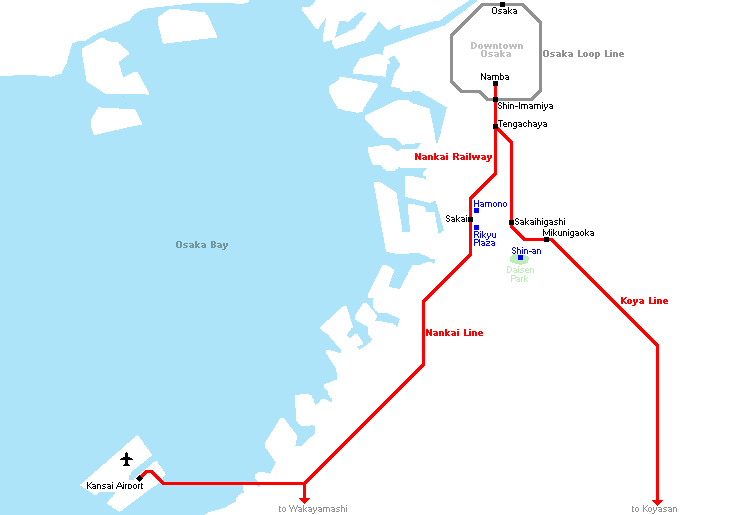Tea and Knives: a Slice of Sakai’s Rich History
Sakai City in Osaka Prefecture is an area steeped in history, a stone's throw from both downtown Osaka and Kansai Airport, and is easily reachable from both locations via the Nankai Railway. Among its other historical and cultural attributes, this old port town has been revered since the feudal era as a center of knife production, and also stands as the birth place of the most prominent figure in the history of Japanese tea culture.
It is due to this rich history that today Sakai makes for an attractive place to visit as a side trip from the bustling streets of Osaka or as an interesting stop off when travelling between the big city and Kansai Airport. Boasting a wealth of attractions pertaining to its illustrious heritage, Sakai was somewhere I'd been looking forward to visiting for a while.
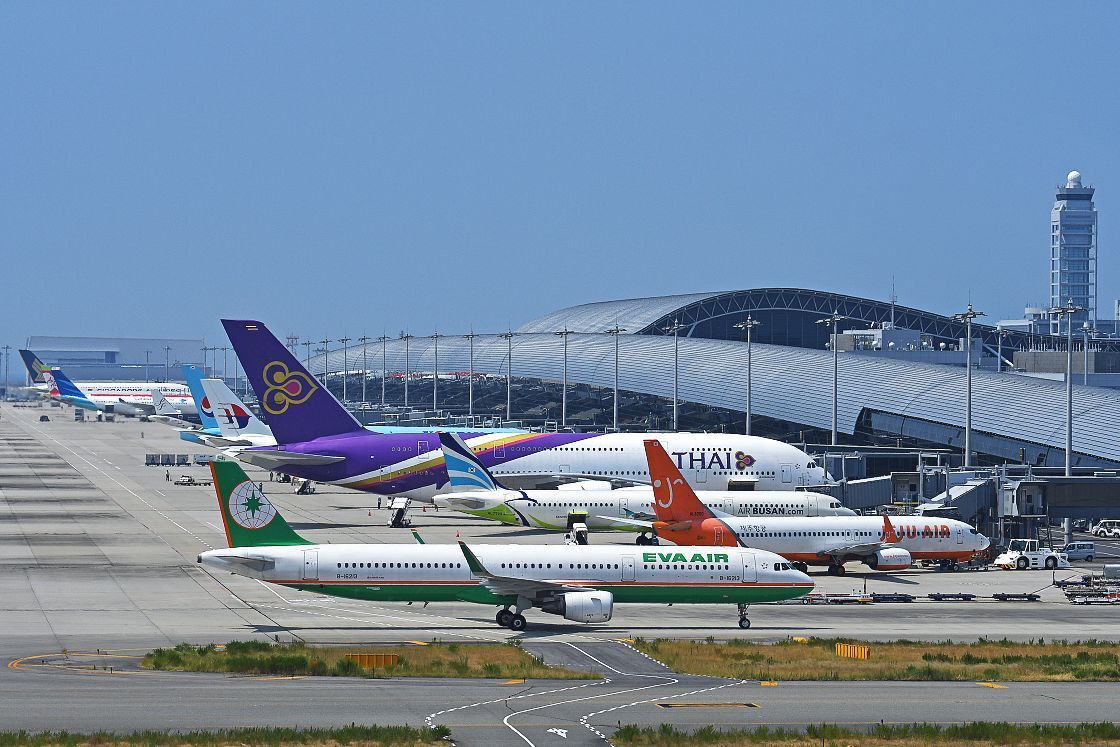
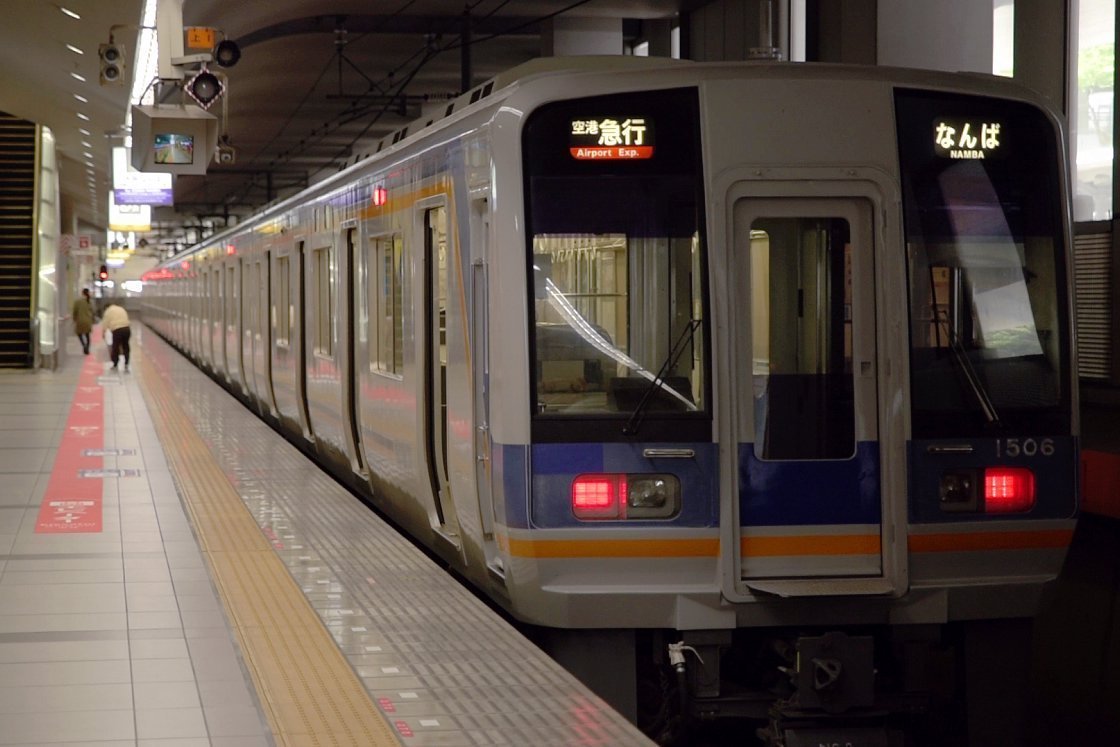
I began my journey, like many visitors to this part of the country, at Kansai Airport, and from here took the Nankai Railway to Sakaihigashi Station. The first stop on my tour of the town was to be at Daisen Park, a pretty park reachable from the station by taxi (around 10 minutes and 1000 yen) or on foot (30 minutes). Once at the park's entrance, I strolled in to its Shin-an Tea Room for an introductory cup of Japanese tea in the Sakai tradition.
The tea house was originally built in 1929 in Tokyo and relocated to Sakai in 1980 after being donated to the city. Today the elegant old building is open from 10:00 to 16:00 (closed Mondays) and offers visitors the chance to try a Japanese tea set complete with a traditional dessert in beautiful surroundings. In the back of the cozy complex is also a special room which looks out on the house's garden and is open to the public for tea sipping on the second Saturday of each month.
After indulging in the calming atmosphere that persists in the house's multiple immaculate Japanese tatami rooms, I sat down to enjoy my tea and was transported to a bygone era.
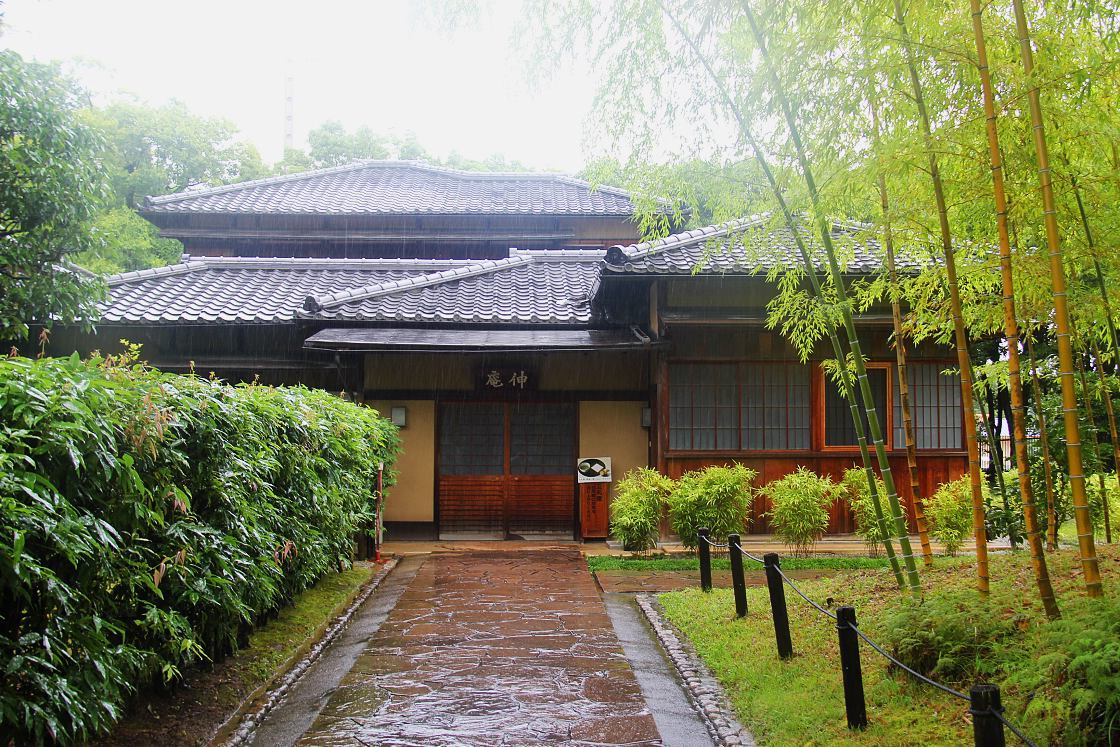
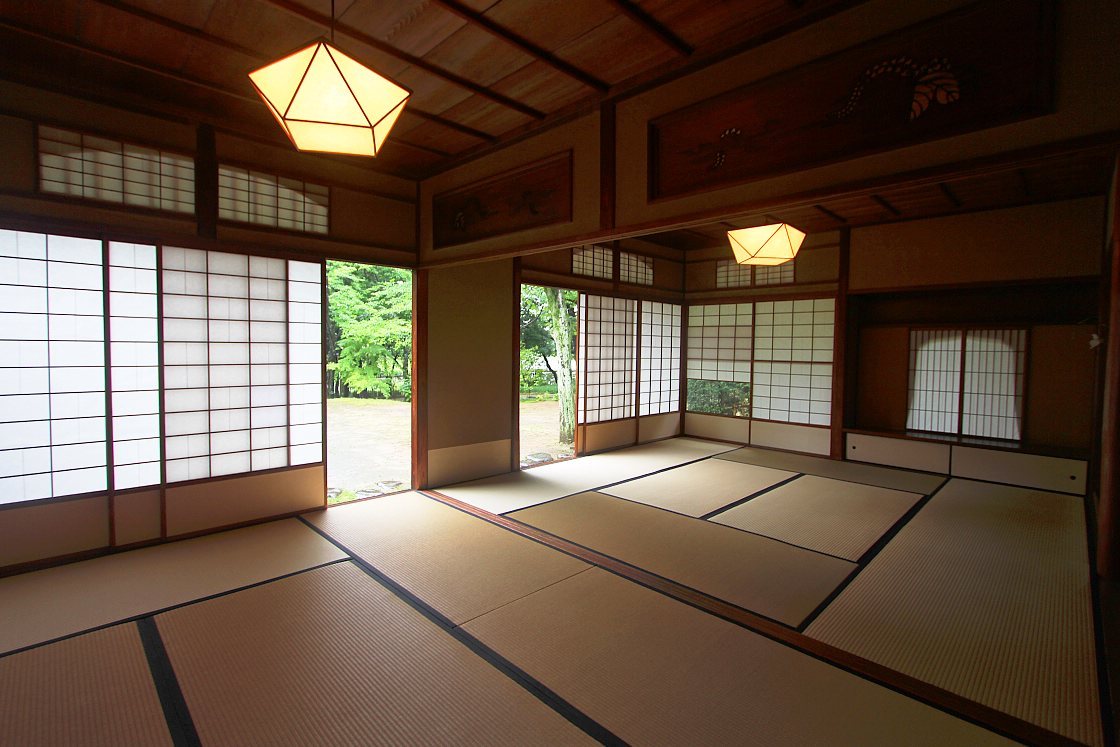
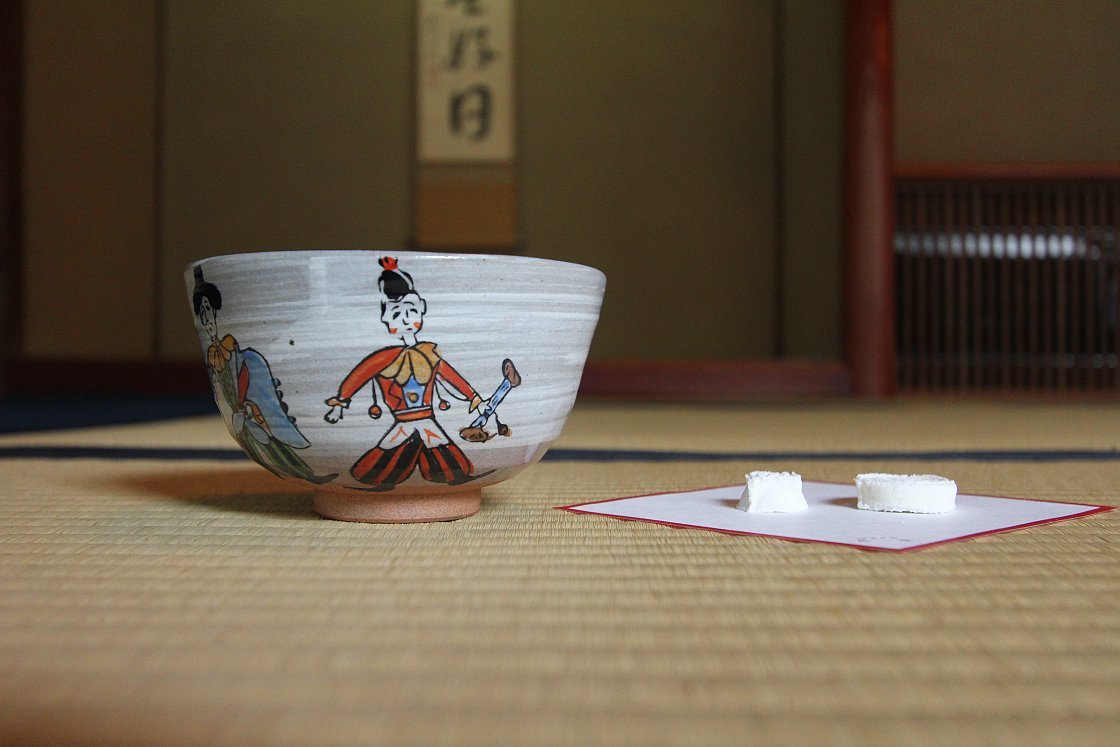

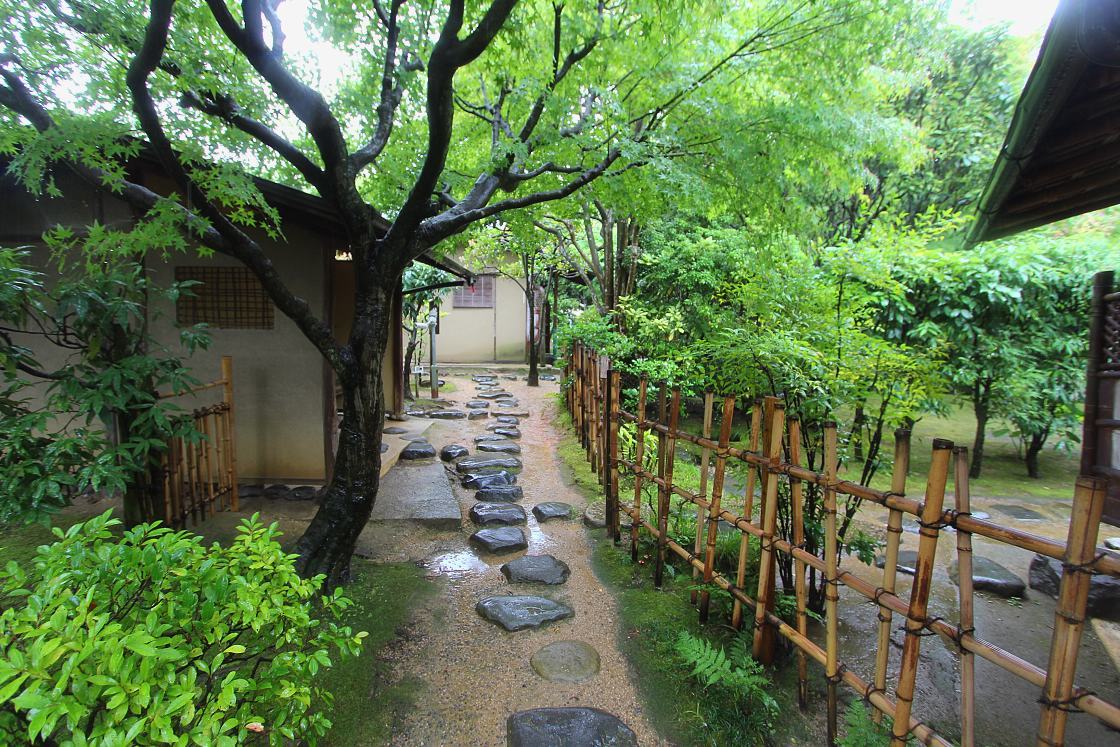
Invigorated by my tea sipping experience at Shin-an, it was next time to explore some of Sakai's knife history, for which I made the trip across town to the Sakai Hamono Museum.
Sakai's knife manufacturing industry is thought to date back as far as the fifth century, but began to flourish in the 1500s when the introduction of tobacco by the Portuguese dictated a need for blades in Japan on an increased scale for the processing of tobacco leaves. With many of the first mass-produced knives being made in Sakai, the city's bladesmiths were able to hone their skills and soon began to craft blades of superior quality to their foreign rivals.
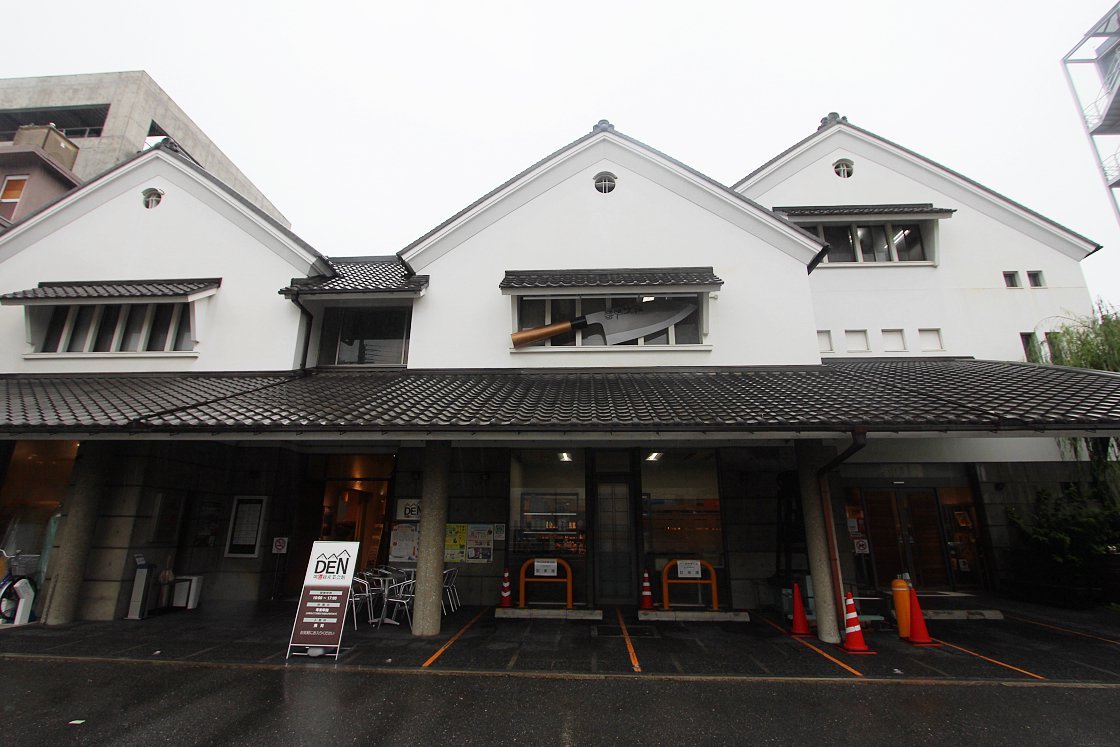
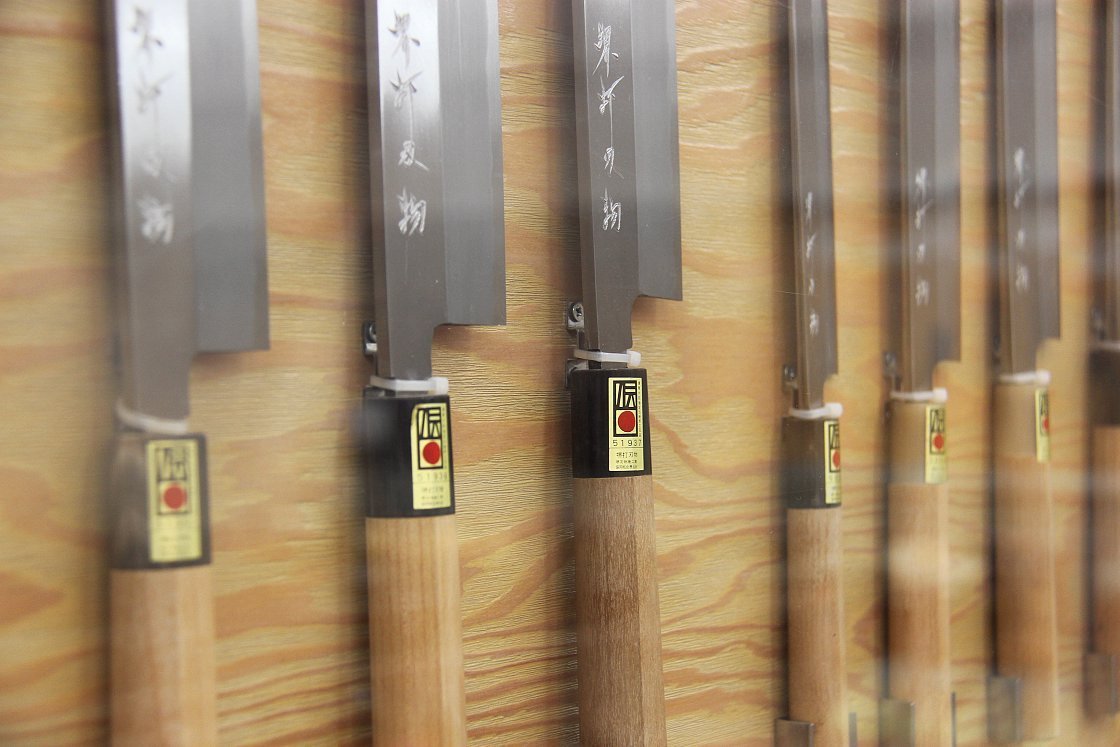
During the Edo Period, the Shogunate hallmarked the city's celebrated blades with the "Sakai Kiwame" mark, which guaranteed quality and authenticity, and allowed the trade of these knives further proliferate. Today Sakai's rich blade forging traditions live on, with more than 90 percent of professional chefs in Japan now said to use Sakai-made knives.
In line with the city's history of knife forging, the Sakai Hamono Museum displays an extensive selection of Japanese knives including many made in Sakai City, and the best part is that the vast majority of the knives are available for purchase.

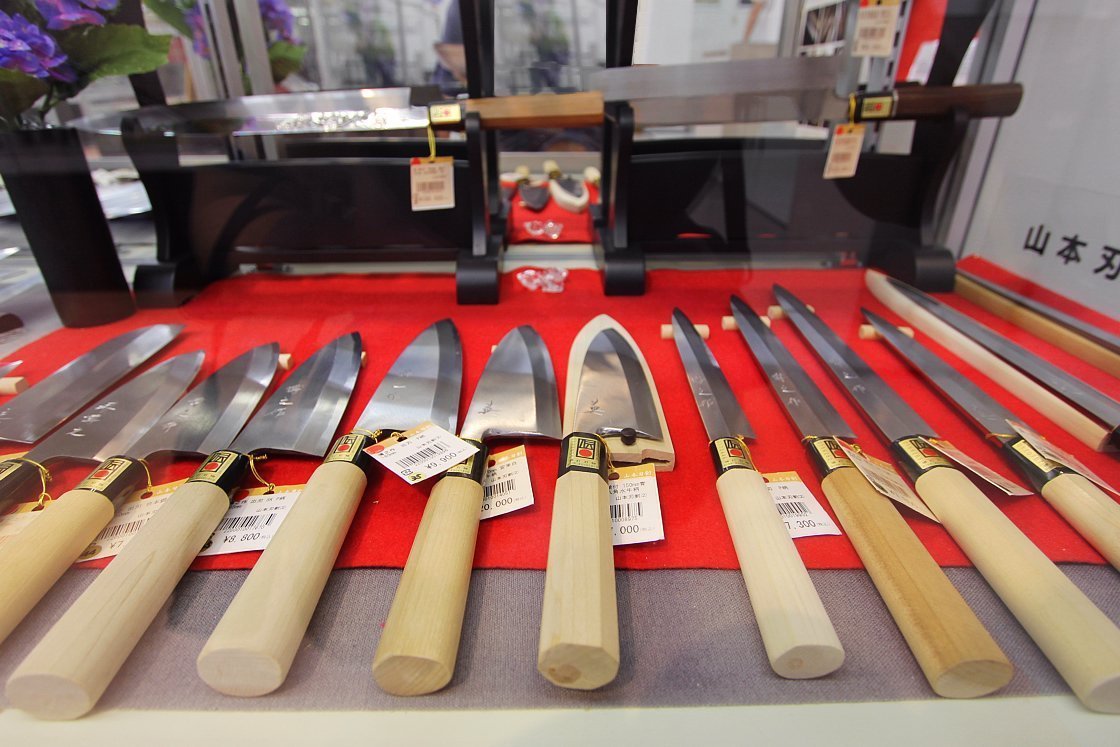
Upon entering, I meandered along the aisles and took in the knives of all different shapes sizes and purposes, and also enjoyed the museum's video explaining some of the processes involved in the Sakai artisans' knife making, in both Japanese and English. Last but not least I was lucky enough to watch a knife-sharpening display by a staff member operating one of the complex's impressive sharpening tools (sharpening demonstrations are held twice daily on Fridays, Saturdays and Sundays).
An impressive and educational attraction, the Hamono Museum is a must for anyone in the area who is in the market for an expertly crafted Japanese knife or merely has an interest in learning more about this old craft.
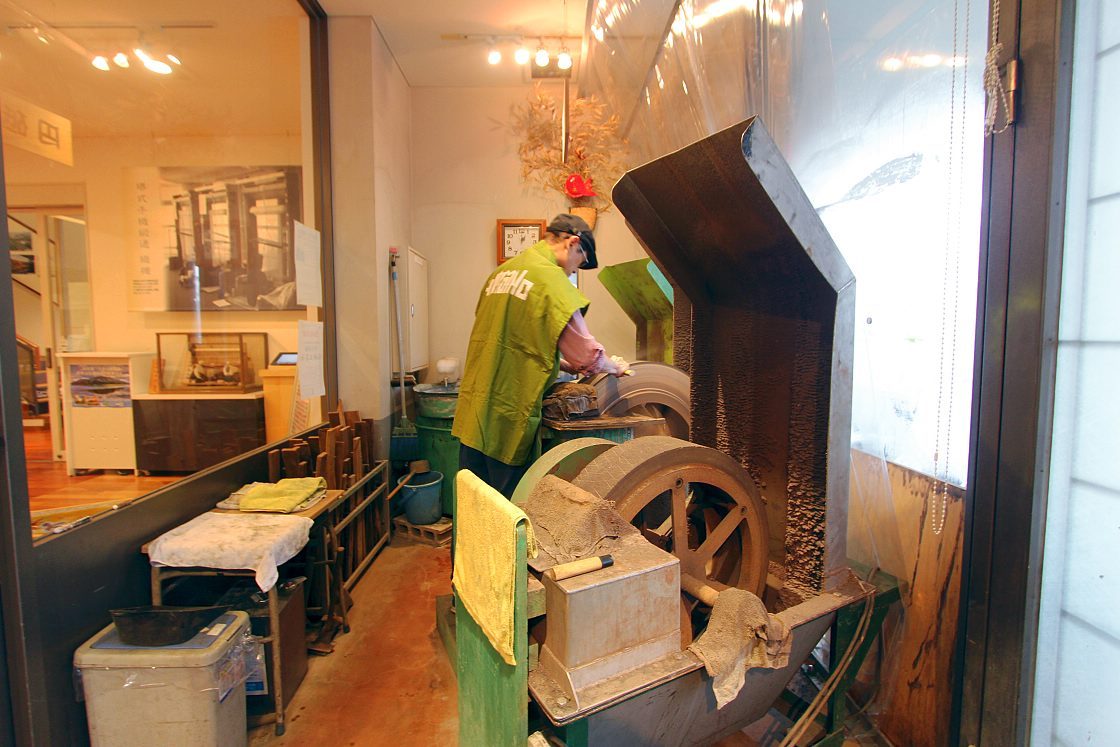
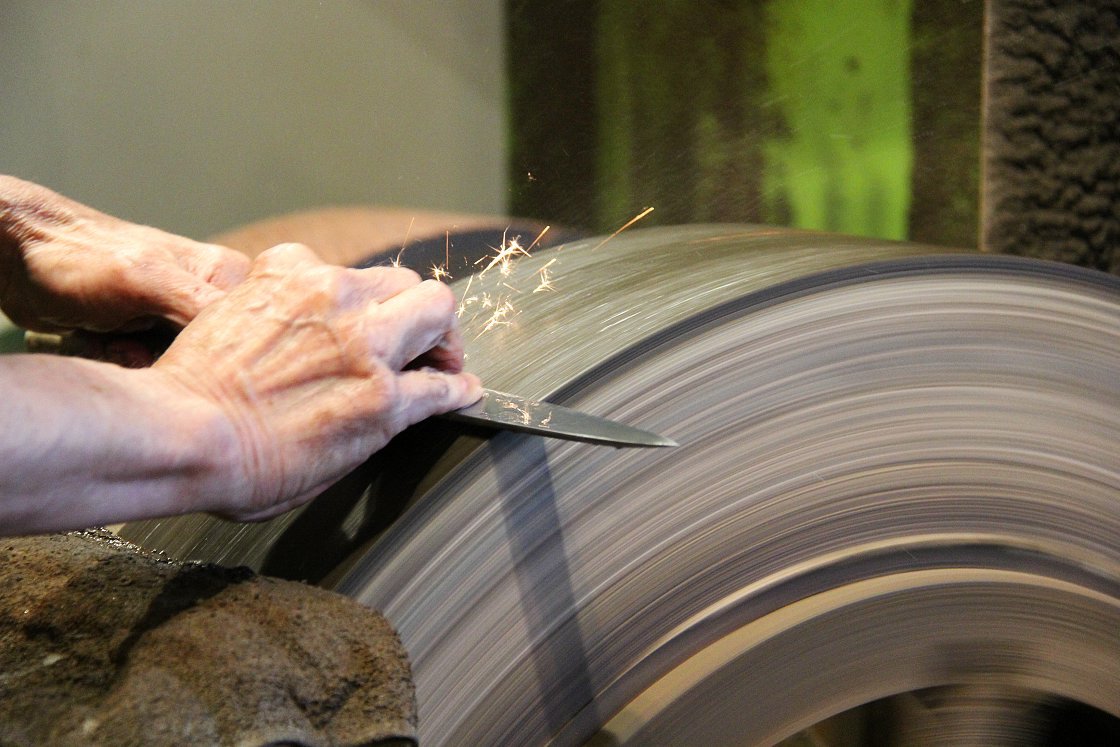
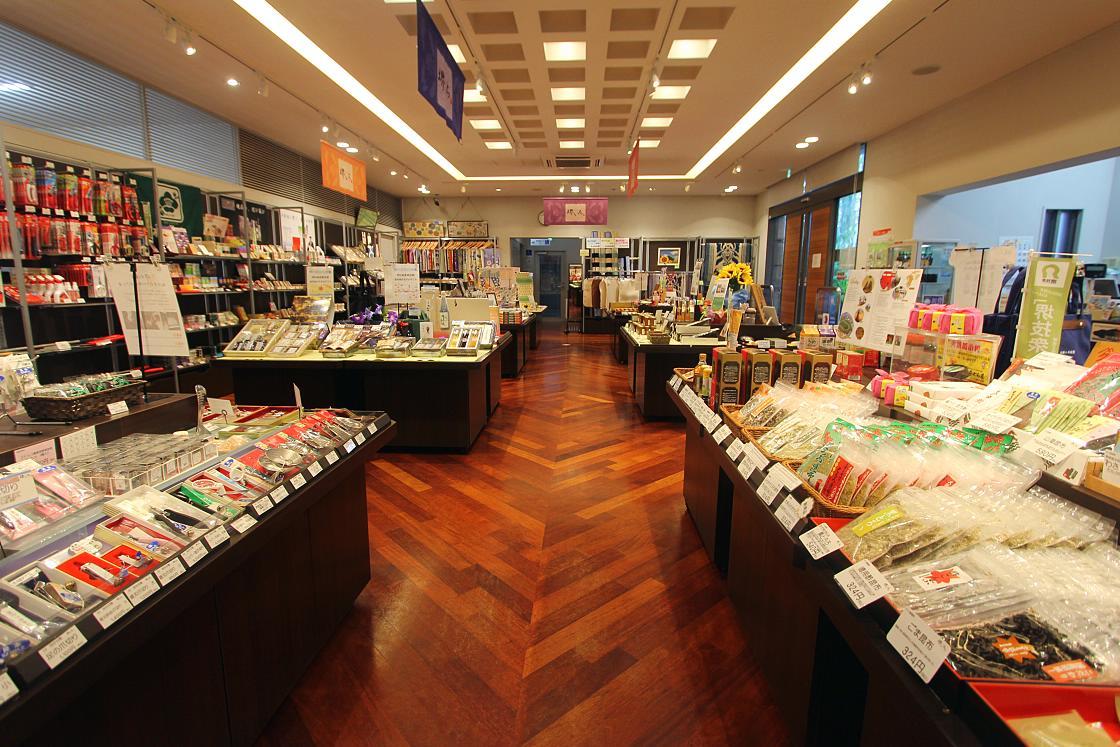
Not far from the Hamono Museum stands the Sakai Plaza of Rikyu and Akiko, a modern, spacious facility dedicated in part to Sakai's tea culture and in particular to the tea master Sen no Rikyu who, centuries ago, was born and raised in the same neighborhood as where this complex now stands.
Sen no Rikyu, or simply 'Rikyu' as he is commonly referred to, had the most marked influence of anyone on the formation of traditional Japanese tea culture; perhaps his most salient legacy being the focus on simplicity and minimalism in terms of both aesthetics and in the way a tea ceremony be carried out. Today, Rikyu's teachings continue to be followed in Japanese tea culture, and he is firmly cemented as one of Sakai's favorite sons.
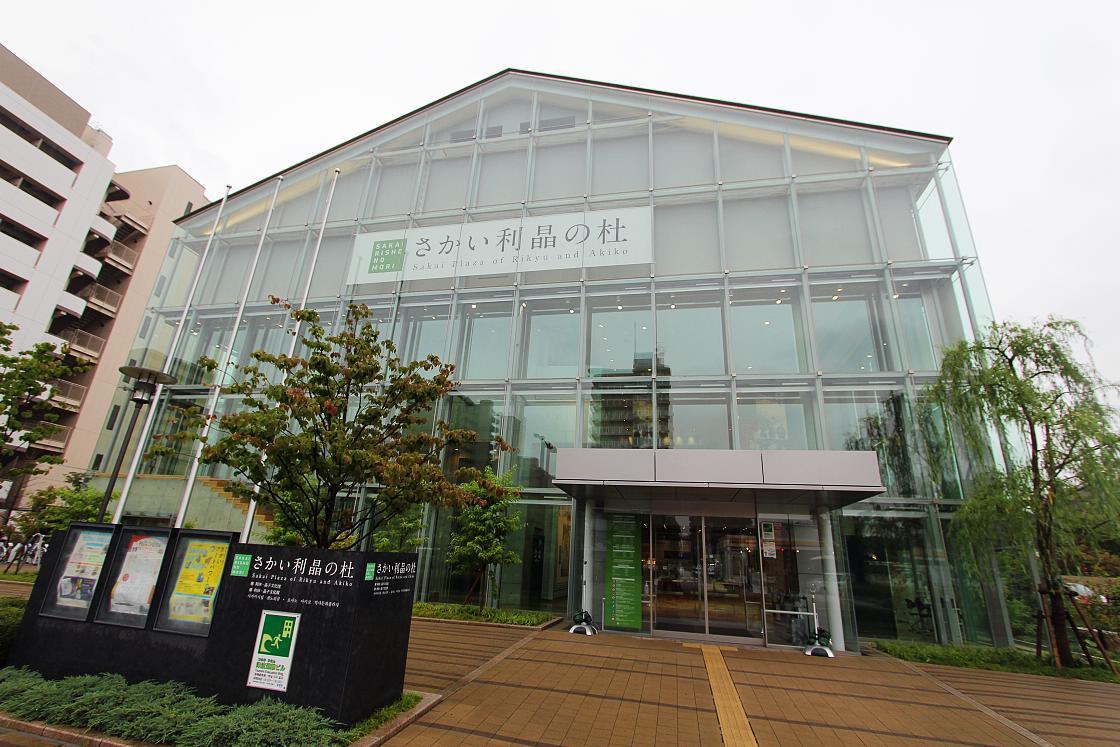
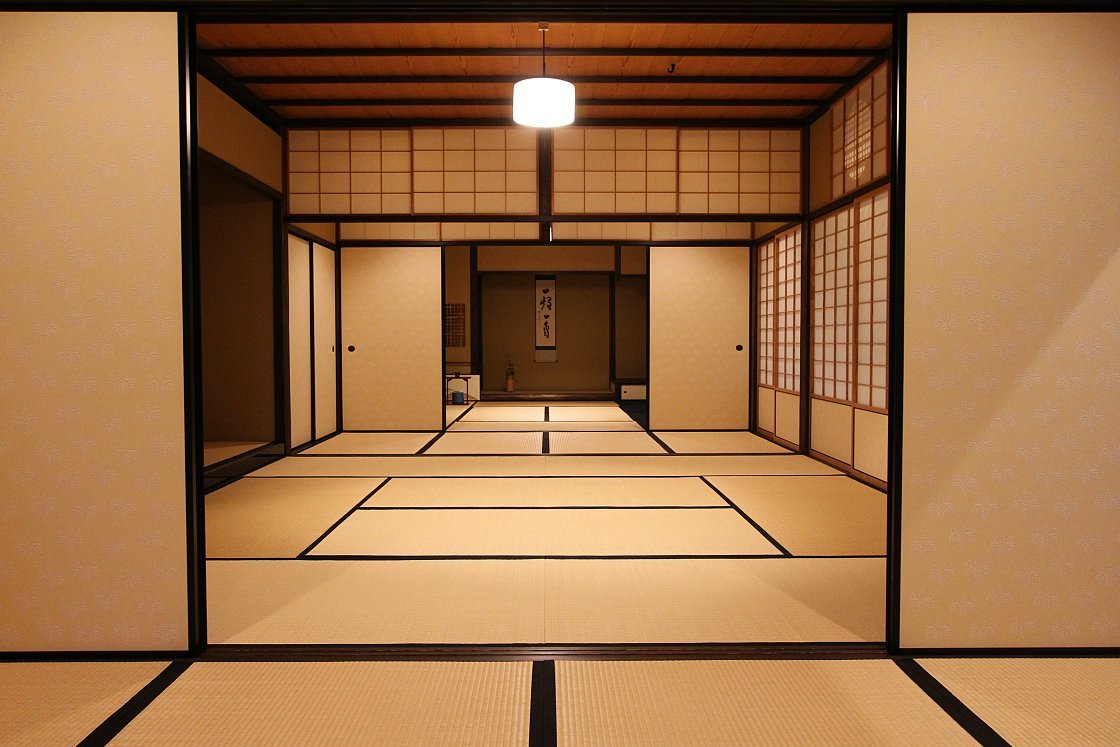
In celebration of Japanese tea and Rikyu, the Sakai Plaza of Rikyu and Akiko offers tea experiences in which visitors can experience aspects of a traditional tea ceremony in authentic tea room surroundings, complete with demonstrations and explanations (in Japanese). The tea experiences require no prior reservations and last around 20 minutes.
I partook in one such experience and found it to be fun and educational regarding the Japanese 'way of tea', and would recommend it to those interested in learning more about the old art form. Following an expertly prepared cup of tea, I got the chance to peruse the plaza's Tea Ceremony Museum, which utilizes a set of impressive exhibitions, including touchscreens, models and old artifacts, to detail parts of Rikyu's life Sakai's tea culture in general.
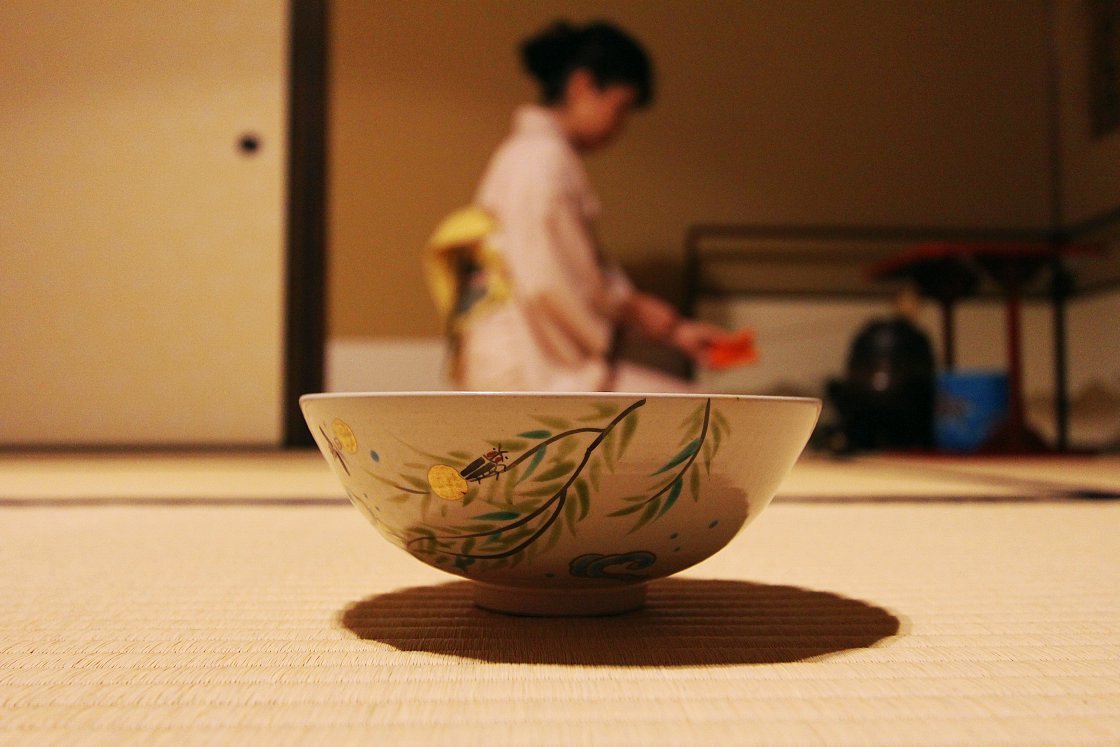
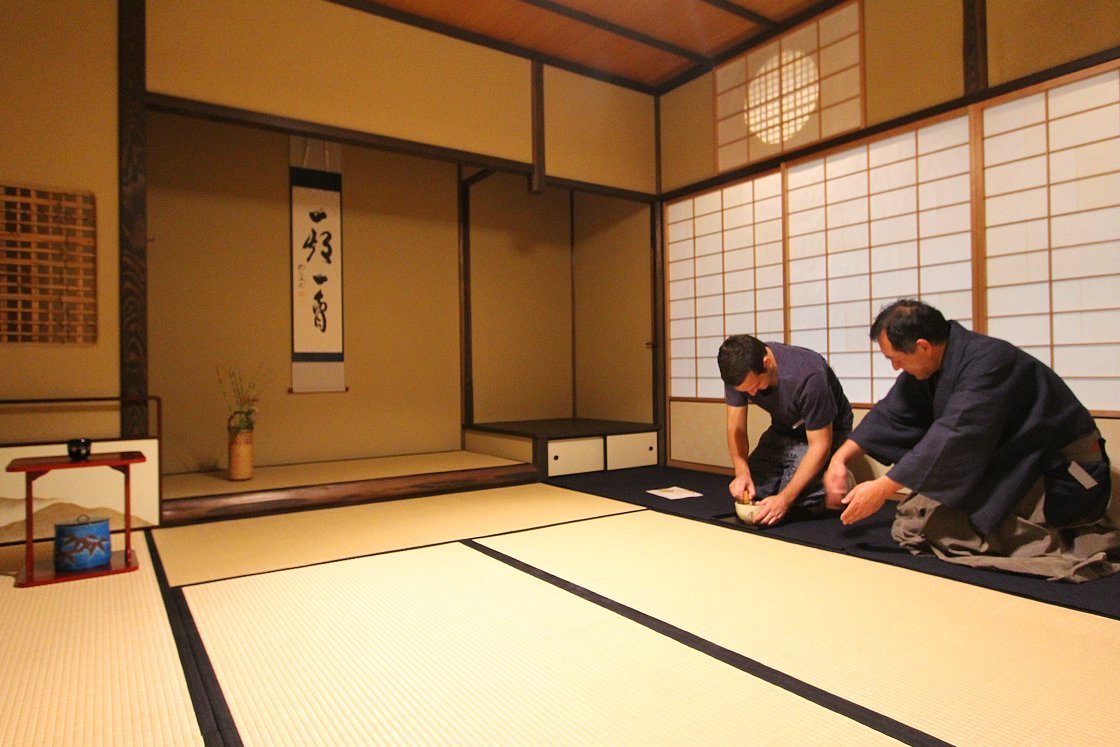
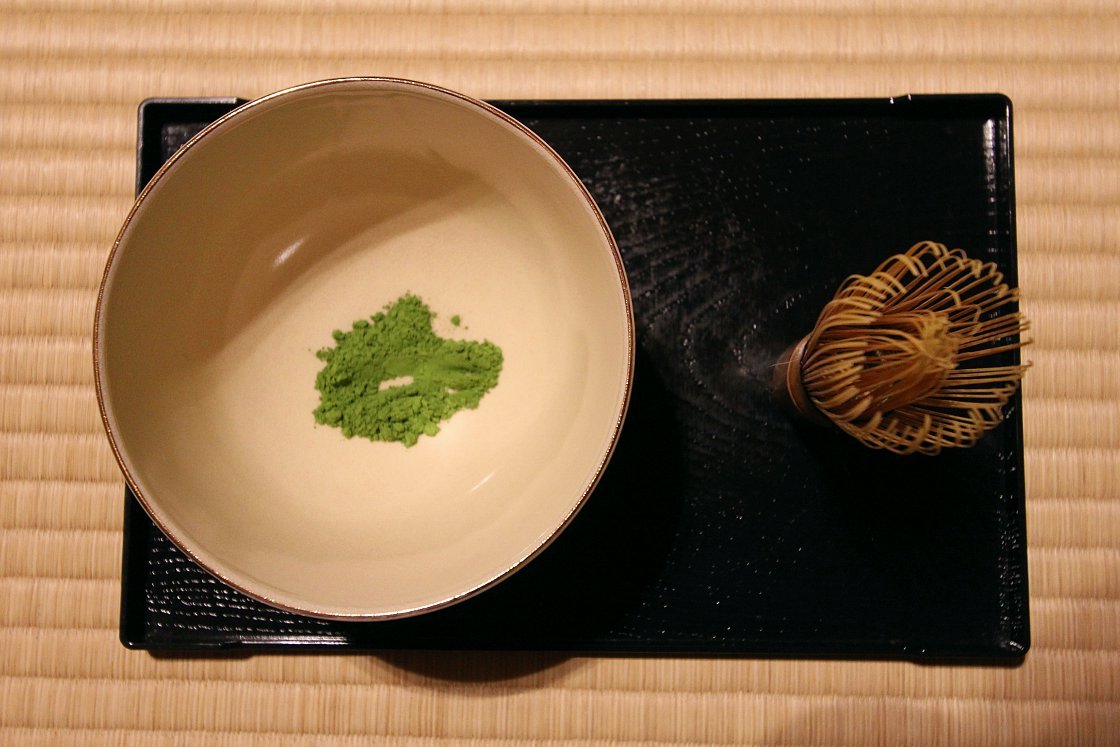
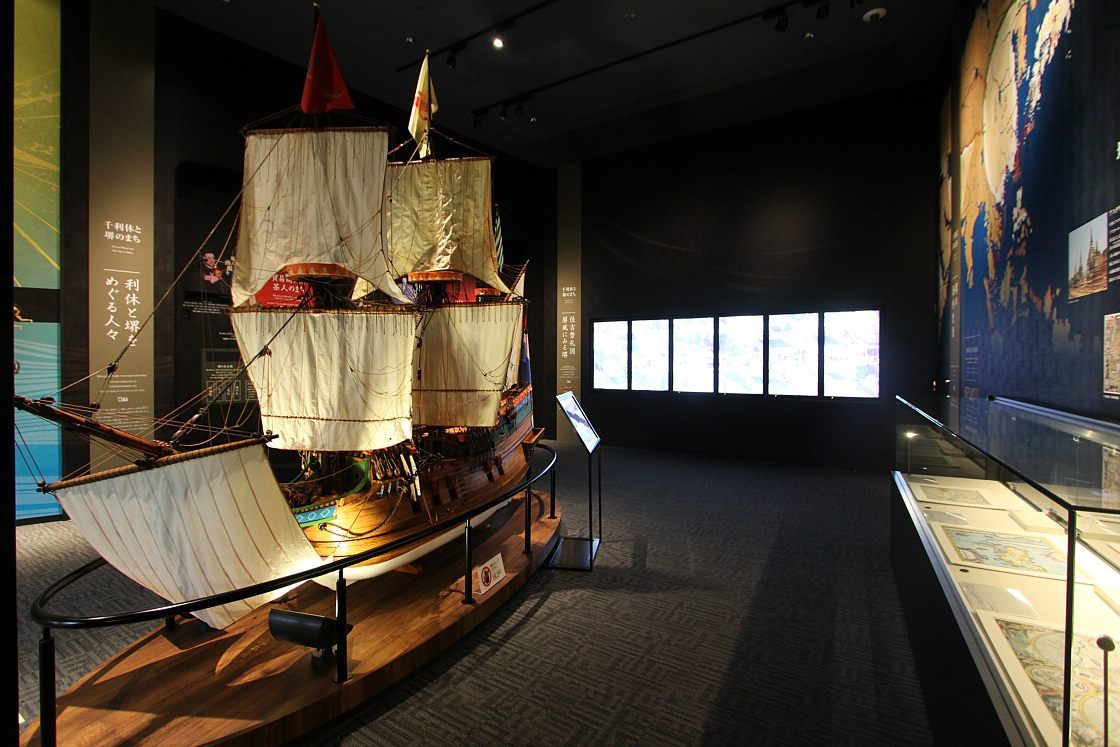
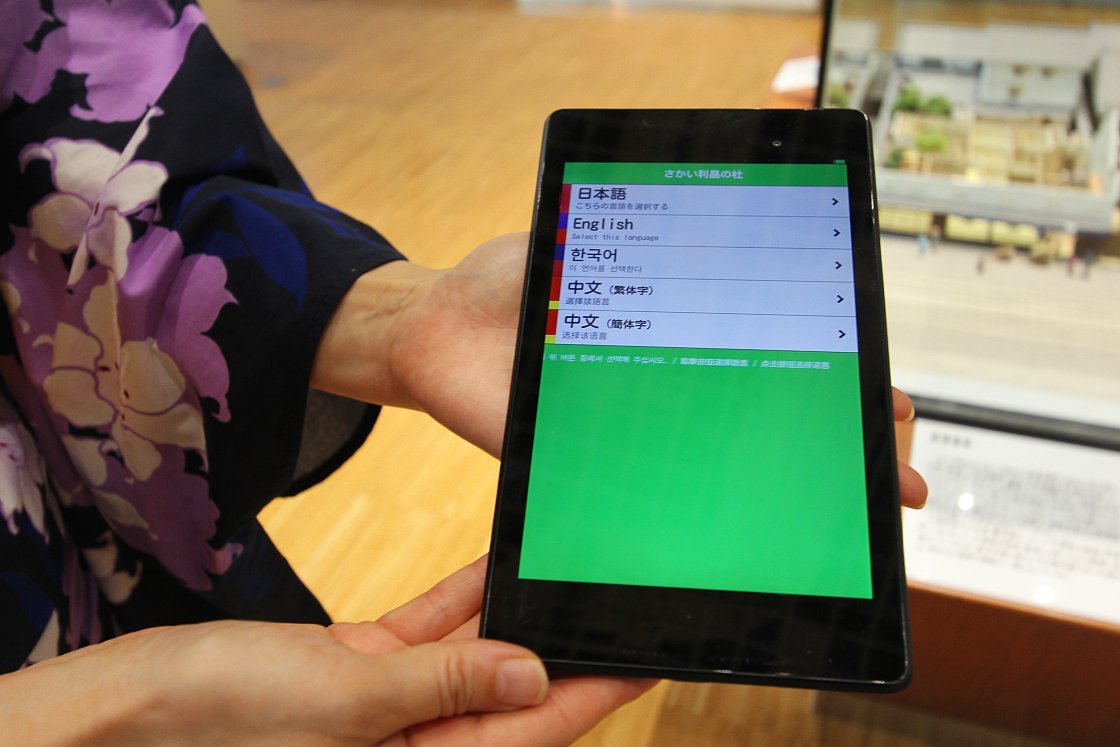
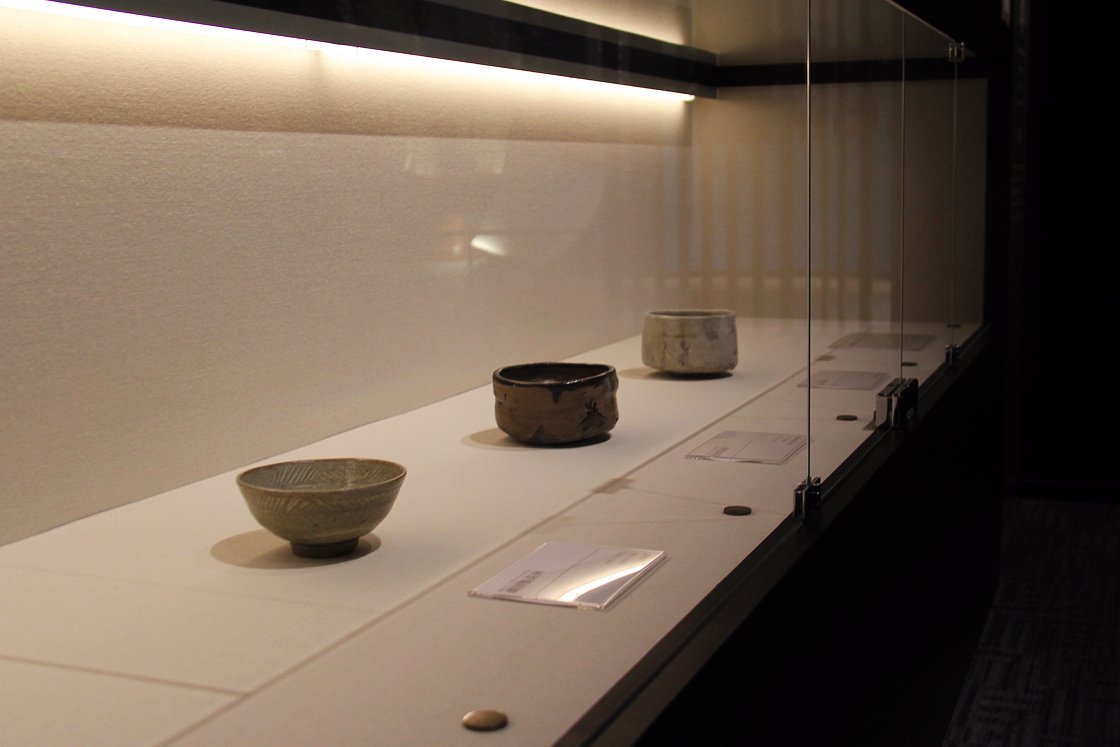
Following my exploration of the Sakai Plaza of Rikyu and Akiko, it was time to call an end to my exciting day exploring Sakai's tea and knife culture. Accordingly I made my way to Sakai Station and from there took the Nankai Railway on to Namba Station in downtown Osaka.

Access
The attractions visited on this trip are spread across central Sakai City and are best accessed by Nankai Railway from Sakai or Sakaihigashi stations. The Nankai All Line 2 Day Pass offers unlimited use of trains on the Nankai Railway network for 2000 yen if purchased online or 2100 yen if purchased at the ticket counter. Besides connecting Kansai Airport with Sakai and Osaka, Nankai Railway also provides access to Wakayamashi and Koyasan.
